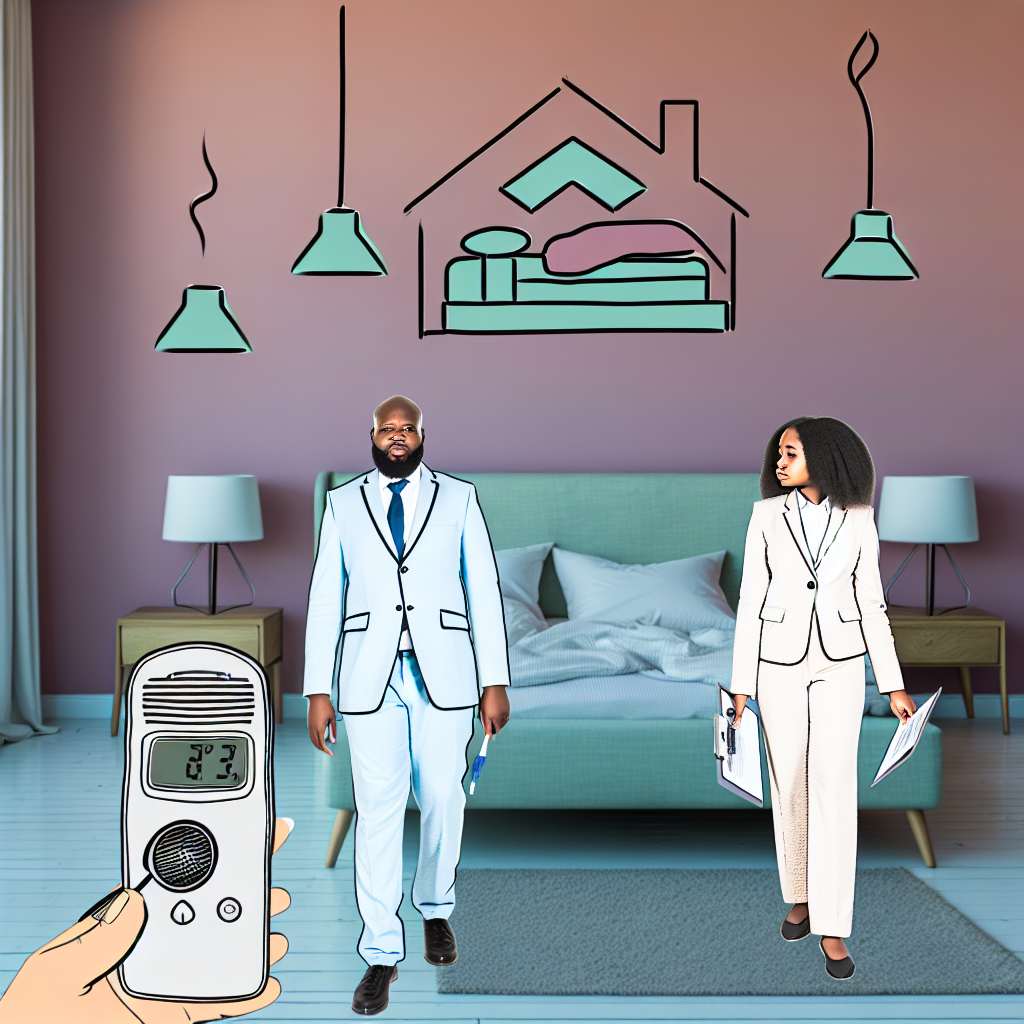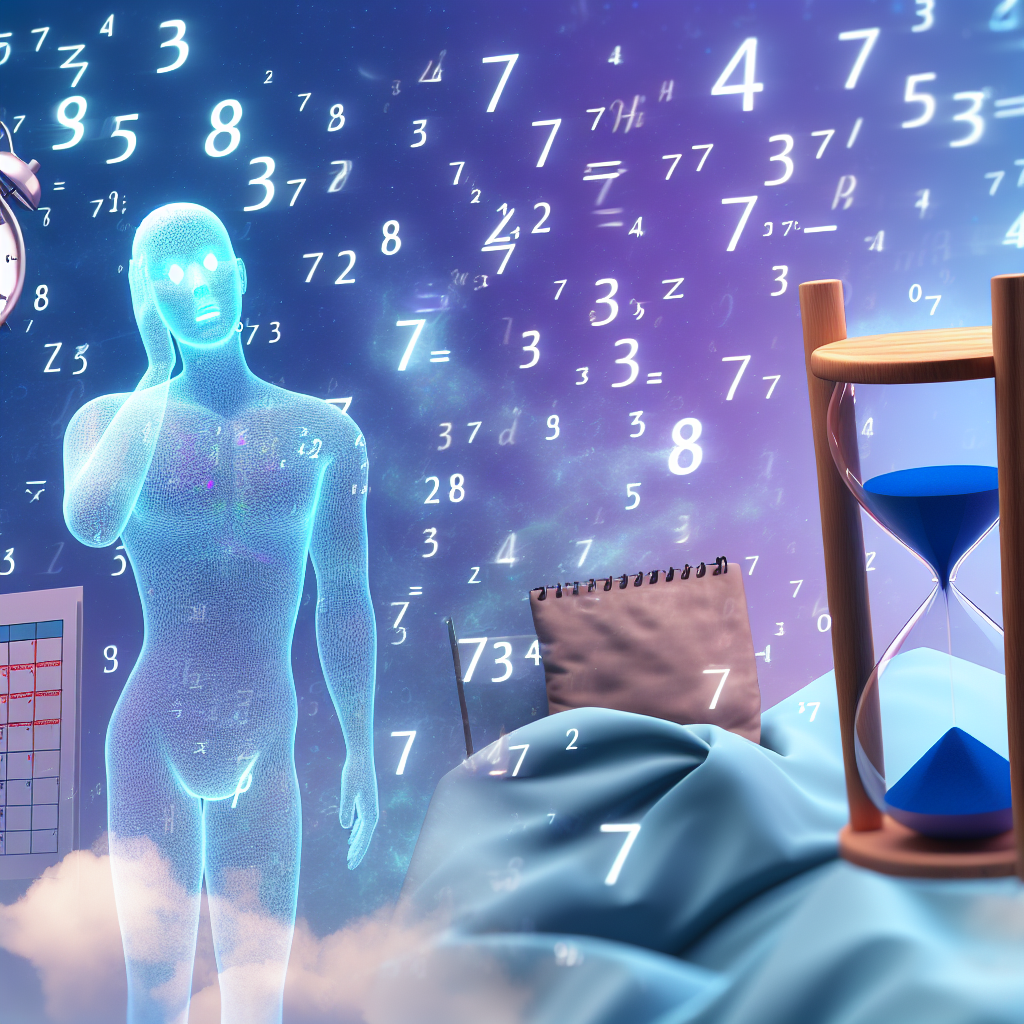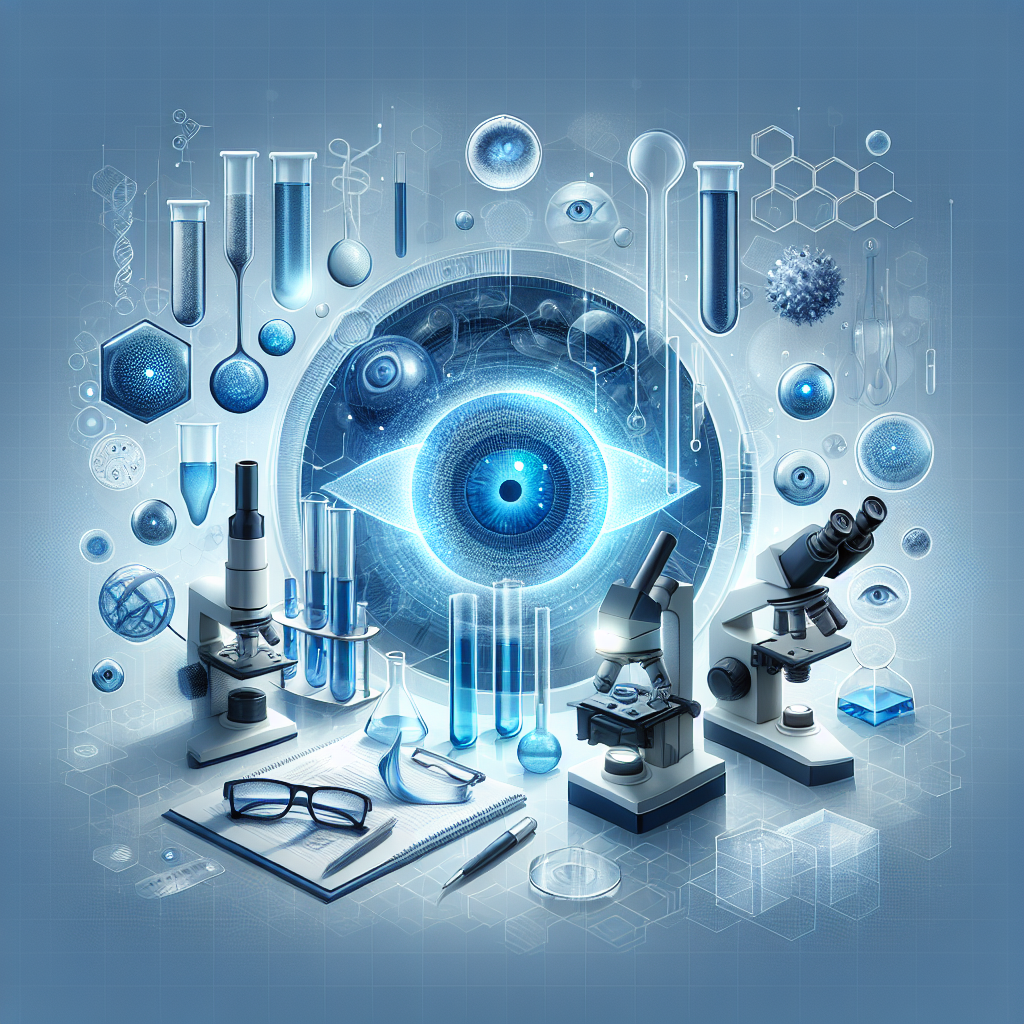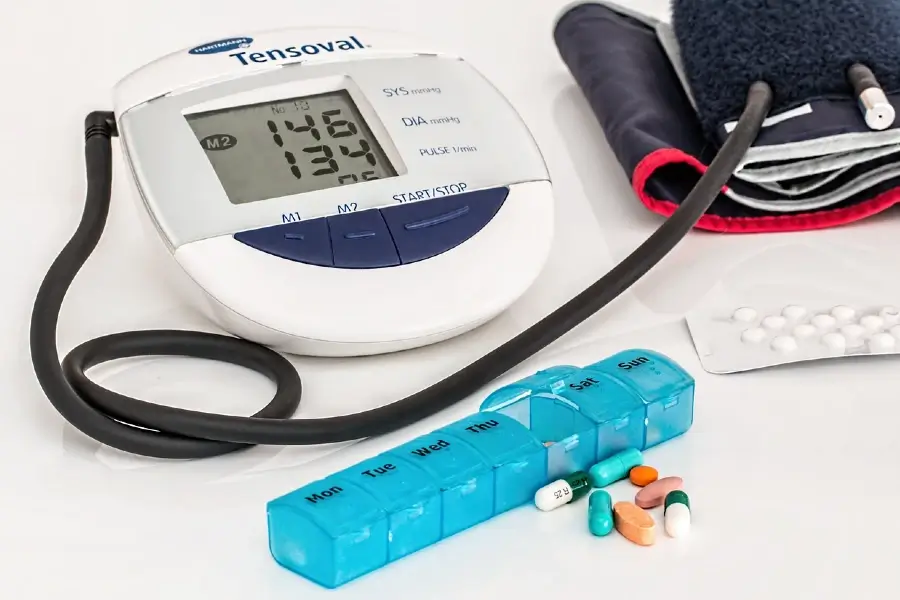# Environmental Sleep Disruptors: Home Auditing Services for Invisible Sleep Threats
Introduction: Uncovering the Hidden Enemies of Restful Sleep
Sleep is a fundamental biological process essential to human health, impacting everything from cognitive function and emotional stability to immune response and metabolic fitness. Despite this, over one-third of adults globally suffer from insufficient sleep, with many cases rooted not in personal habits, but in unrecognized environmental factors. Homes, meant to be sanctuaries for relaxation, can harbor subtle, invisible sleep disruptors that quietly sabotage the quality and quantity of rest.
Invisible environmental sleep disruptors can range from electromagnetic fields (EMFs) and improper indoor light exposure to airborne allergens, temperature dysregulation, humidity imbalances, and stale or polluted air. While these factors don’t always announce their presence with noise or obvious discomfort, they can interfere significantly with the body’s natural circadian rhythms, sleep hormone production, and respiratory efficiency during sleep cycles.
Because such influences are not easily detected, individuals often overlook them when attempting to troubleshoot poor sleep. Yet studies have linked repeated exposure to sleep-disrupting home environments with chronic insomnia, increased anxiety, compromised cardiovascular health, and reduced cognitive performance. Children, the elderly, and individuals suffering from chronic conditions are particularly vulnerable.
Enter the era of home sleep auditing services—a cutting-edge solution designed to identify and mitigate these silent assaults on sleep quality. Professional sleep environment auditors use tools ranging from air quality meters and EMF detectors to thermal sensors and light analysis systems. These comprehensive in-home assessments aim to evaluate and improve sleep environments through objective metrics, guiding individuals to make tailored, science-backed modifications.
From addressing noise pollution with strategic soundproofing to recommending blue light-reducing window treatments and respiratory-friendly air filtration, sleep auditing services are revolutionizing sleep hygiene. With growing awareness of the link between environmental quality and sleep health, and increasing consumer demand for wellness-focused living spaces, these services are becoming an indispensable ally in the pursuit of restorative sleep.
Understanding how these invisible disruptors interfere with sleep and learning how a professional audit can uncover and correct them empowers individuals to reclaim the full benefits of a peaceful night. This article delves into the science of environmental sleep disruptors and how targeted home auditing services offer a path to healthier sleep for all ages.
The Science Behind the Disruptors: What’s Really Stealing Your Sleep?
Numerous peer-reviewed studies and health authorities have acknowledged that our built environments heavily influence sleep quality. According to the Environmental Protection Agency (EPA), indoor air quality can be two to five times worse than outdoor levels, with pollutants such as dust mites, mold spores, volatile organic compounds (VOCs), and pet dander affecting respiratory control during sleep. Poor air quality at night can lead to frequent awakenings, sleep-disordered breathing, and long-term cardiovascular strain. Homes that lack adequate ventilation, humidity control, or air purification systems become breeding grounds for such disturbances.
Scientific literature also supports the impact of light exposure on circadian rhythm disruption. A pivotal 2011 study published in The Journal of Clinical Endocrinology & Metabolism demonstrated that even low-intensity artificial light exposure before bedtime suppresses melatonin secretion—the hormone critical for initiating sleep. Exposure to blue light, especially from screens and LED lighting, delays REM cycles and shifts circadian timing. Children and adolescents are particularly sensitive, as their melatonin production is more easily disrupted.
In related findings, a 2020 study in Environmental Health Perspectives revealed that consistent exposure to EMFs from Wi-Fi routers, cell phones, and smart home appliances may reduce sleep efficiency and increase sleep latency—though more studies are needed for confirmation. Nonetheless, the World Health Organization classifies EMFs as a “possible human carcinogen,” prompting many sleep auditors to assess EMF exposure as a precaution.
Temperature, a silent yet powerful sleep regulator, has also been extensively studied for its role in sleep health. Research from the National Sleep Foundation highlights that most sleep disruption occurs in environments outside the ideal sleep temperature range (60–67°F or 15–19°C). Common issues such as poor insulation, malfunctioning HVAC systems, or incorrect bedding choices often lead to improper sleep temperatures, causing individuals to wake up multiple times through the night.
Tech Meets Sleep: How Home Auditing Detects the Invisible
Addressing these factors requires a multidimensional approach that laypersons may find difficult to navigate alone. This gap is where professional home auditing services play a pivotal role. Technicians are trained to measure these disruptors with scientific tools: infrared thermography for identifying insulation gaps, spectrometers to measure light spectrum exposure, air sampling kits to detect allergens and VOCs, and EMF meters to measure magnetic field intensities.
The integration of this data helps create customized interventions to optimize the sleep environment. Whether it’s upgrading filtration systems, adding blackout curtains, using grounding products to reduce EMFs, or adjusting bedding materials for thermoregulation, each recommendation is rooted in science.
Furthermore, some auditing services integrate wearable sleep trackers and home IoT data to bring real-time feedback into the optimization process. This added layer of personalization ensures the changes translate into measurable improvements in sleep duration and quality.
Rest Assured: Why Home Audits Are the Sleep Solutions of Tomorrow
Sleep is not a luxury—it is a necessity intricately tied to physical, mental, and emotional well-being. When it’s compromised by unseen environmental factors, the consequences ripple through every aspect of life. In this modern age of technology and busy lifestyles, the invisible disruptors within our very homes are often the root cause of persistent sleep issues—yet they remain undetected and unresolved.
Home sleep auditing services offer a revolutionary solution, bridging science and wellness. By applying environmental diagnostics directly to the spaces we inhabit nightly, these professional services provide actionable insights that go far beyond what common sleep tips can achieve. They enable a holistic understanding and control of the sleep environment, from the air we breathe to the light we see to the energy fields we live in.
For individuals searching tirelessly for the missing link to restful nights, a professionally guided home audit may be the key. Sleep can be reclaimed—not just through personal behavior but through empowered environmental change. By identifying and addressing the silent saboteurs of sleep, these services offer both young and old the promise of truly restorative rest.
References
1. [Environmental Protection Agency (EPA) – Indoor Air Quality](https://www.epa.gov/indoor-air-quality-iaq/inside-story-guide-indoor-air-quality)
2. [National Sleep Foundation – Bedroom Environment and Sleep](https://www.sleepfoundation.org/sleep-hygiene/optimize-your-bedroom)
3. [The Journal of Clinical Endocrinology & Metabolism (2011) – Effects of Light on Melatonin Secretion](https://academic.oup.com/jcem/article/96/3/E463/2833671)
4. [Environmental Health Perspectives (2020) – EMF and Sleep](https://ehp.niehs.nih.gov/doi/10.1289/EHP5044)
5. [World Health Organization – Electromagnetic Fields](https://www.who.int/news-room/questions-and-answers/item/radiation-electromagnetic-fields)
6. [National Institutes of Health – Sleep and Temperature Regulation](https://www.ncbi.nlm.nih.gov/pmc/articles/PMC4046588/)
Concise Summary:
This article delves into the science behind invisible environmental sleep disruptors, such as EMFs, light exposure, air quality, and temperature, that can quietly sabotage sleep quality. It highlights how professional home sleep auditing services use advanced tools to identify and mitigate these hidden threats, empowering individuals to reclaim the restorative benefits of a good night’s sleep.

Dominic E. is a passionate filmmaker navigating the exciting intersection of art and science. By day, he delves into the complexities of the human body as a full-time medical writer, meticulously translating intricate medical concepts into accessible and engaging narratives. By night, he explores the boundless realm of cinematic storytelling, crafting narratives that evoke emotion and challenge perspectives.
Film Student and Full-time Medical Writer for ContentVendor.com




